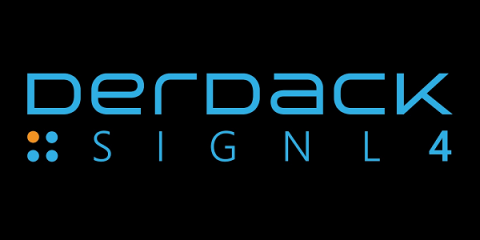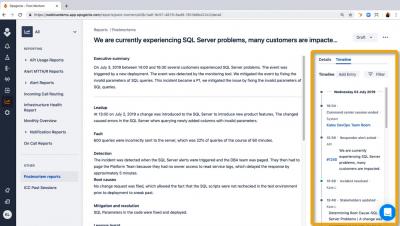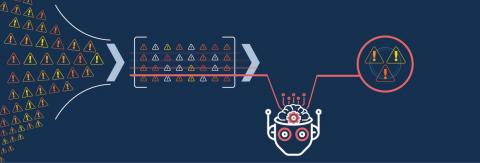No CMDB? No problem. Not for BigPanda.
I hear it all the time when talking to future BigPanda customers; “I’m not sure BigPanda can really help me correlate all these alerts together because our CMDB is very immature.” Or sometimes, they don’t even have a CMDB, and incorrectly assume this disqualifies them from meaningful noise reduction and alert correlation. I’m happy to tell you the same thing I tell the folks who are looking at BigPanda for the first time. “No CMDB? No problem!”.











